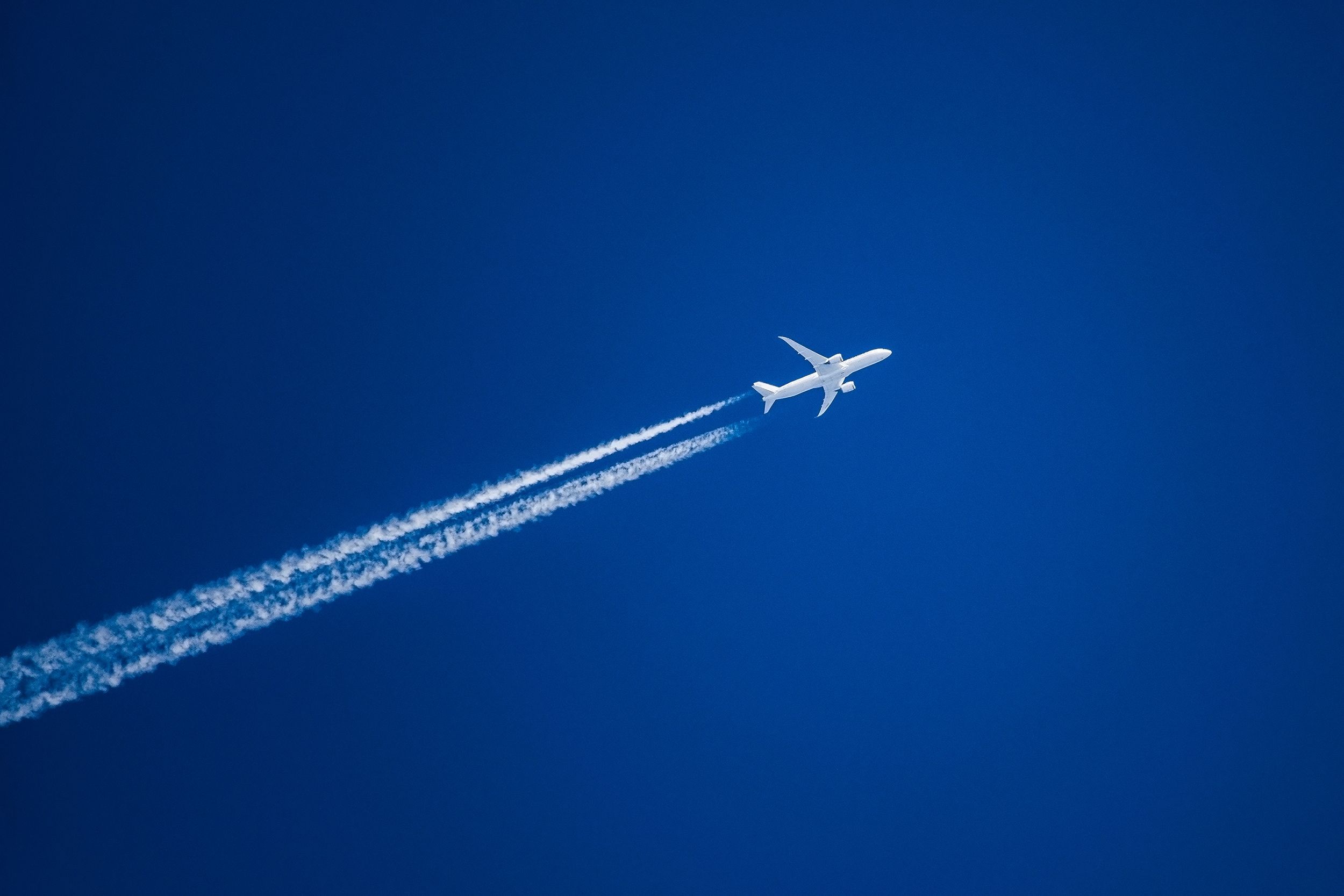The majority of an airline pilot's flight time is spent in-cruise. Particularly if a pilot flies a widebody aircraft used for long-haul operations, most flight time is spent in a lower workload environment with the wings level and autopilot engaged. How do pilots pass the hours? Let's talk about it.
Sterile
Pilots are, of course, always talking to each other. There are times when the conversation between colleagues on the flight deck must only be pertinent to the safe operation of the flight, and this time is known industry-wide as the "sterile cockpit." Sterile rules generally are effective when the parking brake is released at the gate before the pushback and remains in place until the flight passes through 10,000 feet.
Sterile rules apply in the opposite direction during descents, and many airlines also require pilots to honor sterile rules during the last 1,000 feet of a climb or descent before leveling off. In a sterile cockpit, pilots will watch the flight instruments closely and share observations about the aircraft's systems or speak out loud about the vertical or horizontal path the plane is expected to follow.
Cruise
Cruise flight above 10,000 feet is non-sterile, meaning the flight crew can discuss whatever they'd like. As you would imagine, the dynamic between the two (or more) pilots on the flight deck entirely depends on the compatibility between their personalities. Some crews talk a lot with each other, while others remain quiet for much of the flight.
If pilots share a lot in common and enjoy discussing mutual topics of interest, an entire multi-day trip can be filled with conversation. On the other hand, pilots might also run out of issues to discuss towards the end of a journey, and the conversation might become more scarce. A lack of dialogue should not be confused with a lack of collegiality. There is no requirement to talk outside required duties while working, and some pilots prefer quiet to chatter.
The dynamic on the flight deck is usually made a bit more social by the presence of a jump seater. Jump seating is a privilege afforded to other pilots, controllers, and company dispatchers. Especially during the busy travel season in the summer, jump seats tend to be full when flying between an airline's hubs or to a city with a sizeable seasonal demand. Pilots enjoy talking to jump-seaters in-cruise, especially if they fly for a different company. Pilots' conversations are often associated with the company they work for, and having pilots from other airlines allows them to discuss lifestyle and contractual topics with someone who shares their professional perspective from a different angle.
Using discretion
Though nothing officially forbids it, pilots (like many others) largely avoid discussing politics, religion, and money. Even if pilots pick up on subtle mutual agreements about these topics, conversations about them distract from monitoring and briefing responsibilities. It's remarkable how far into the background radio calls can fall when an enrapturing conversation is sparked on the flight deck.
Want answers to more key questions in aviation? Check out the rest of our guides here.
If this article seems general, it's because it has to be. Conversation on the flight deck is between the involved parties, and pilots understand that discretion is an element of professionalism. Stories of past trips are devoid of names, and topics discussed on the flight deck are built on the camaraderie that comes from operating together and getting to know one's colleagues.



